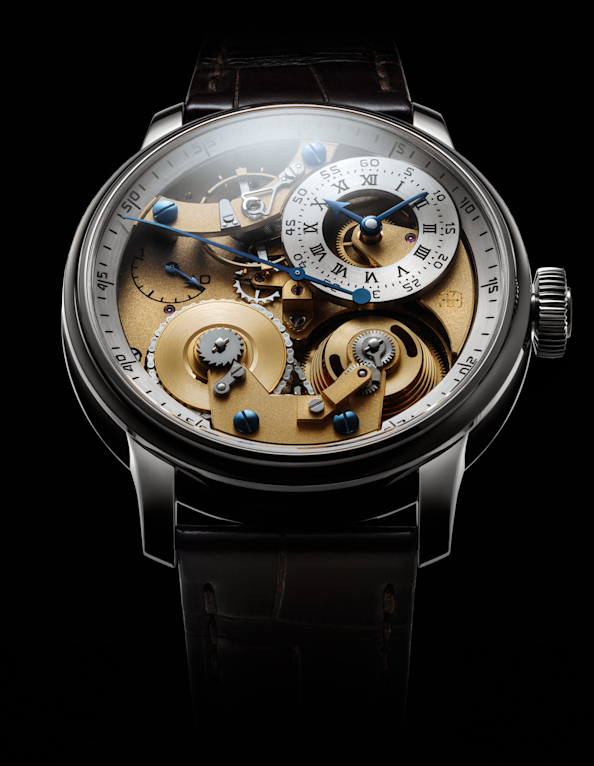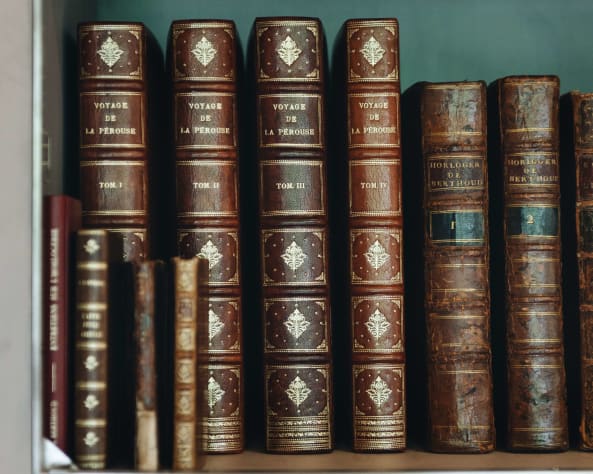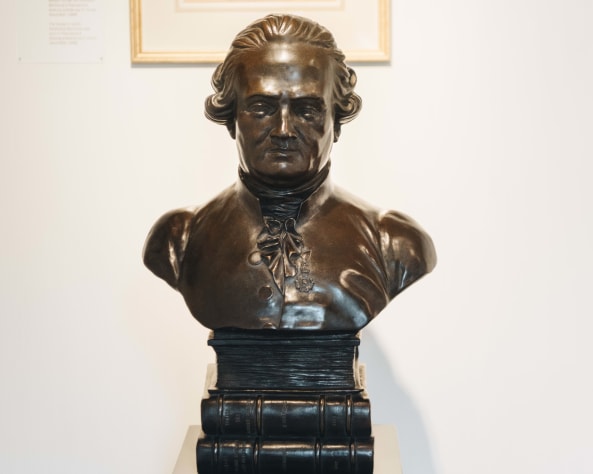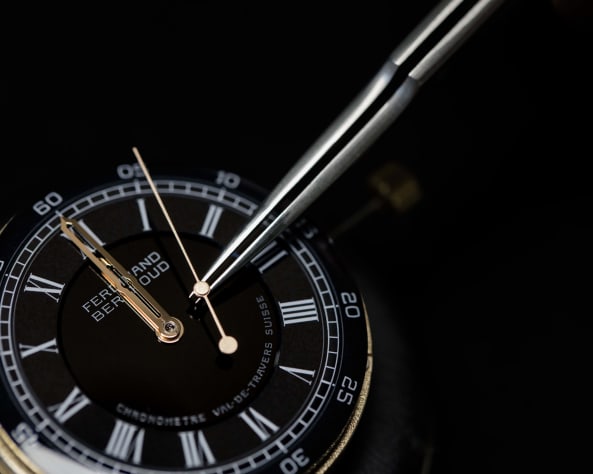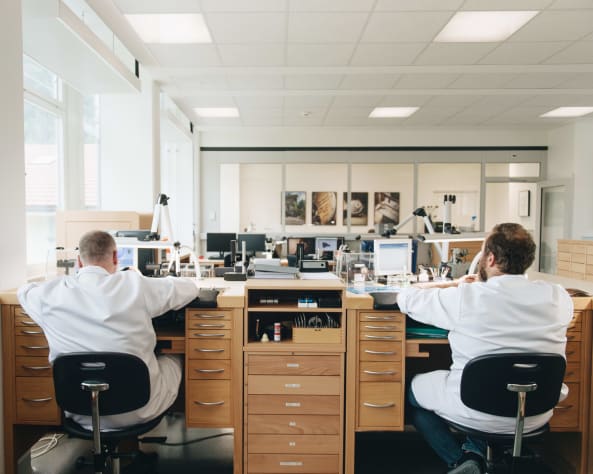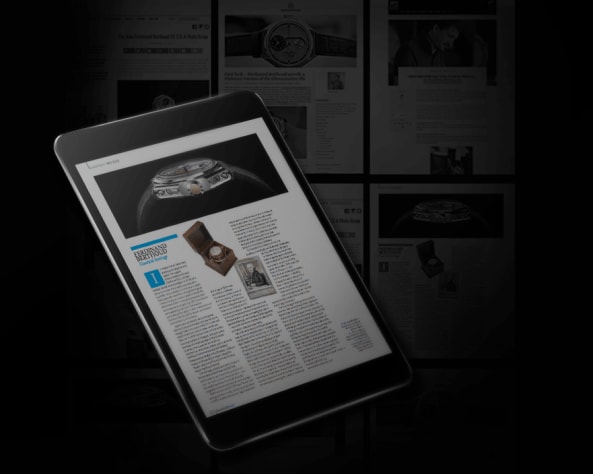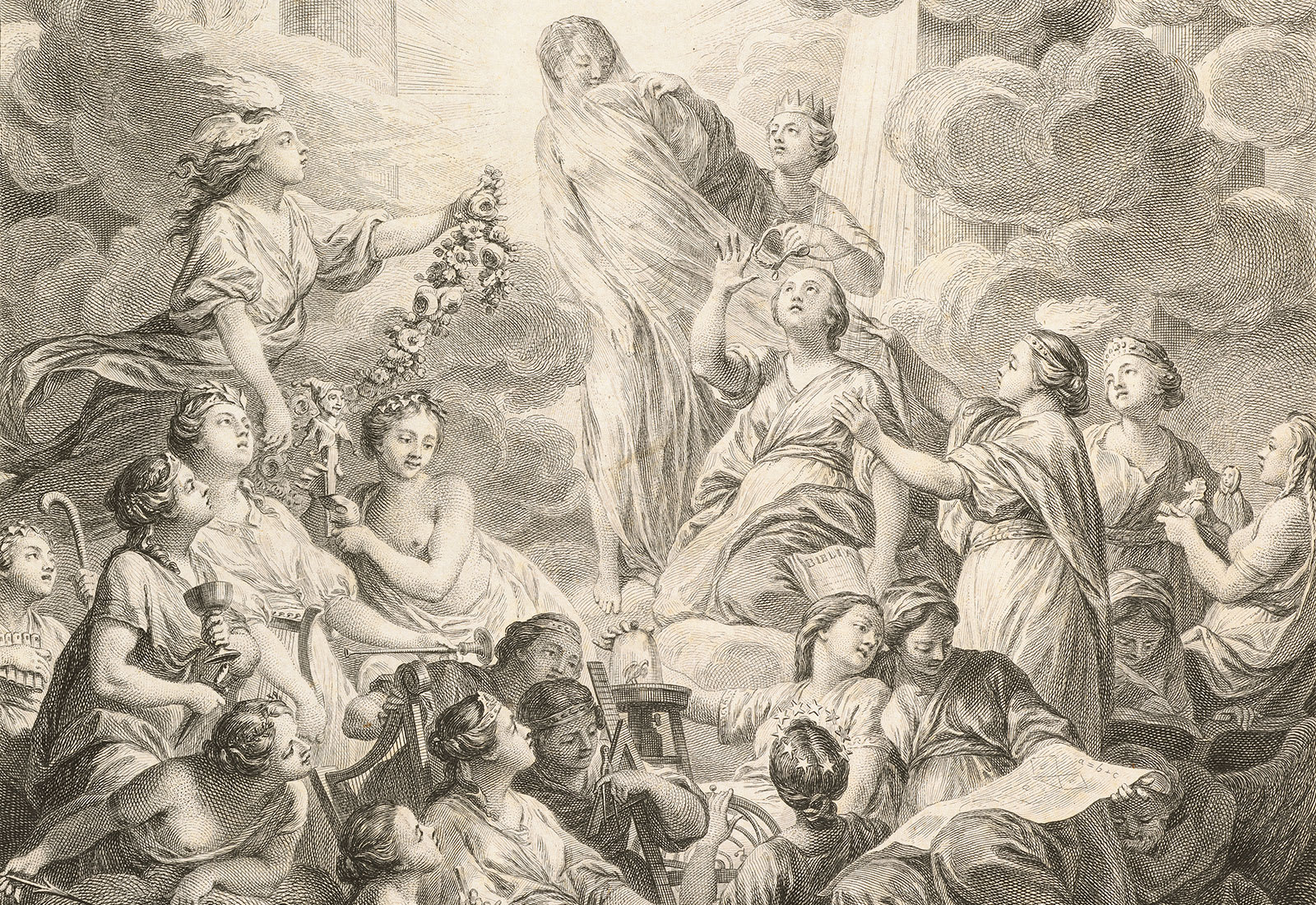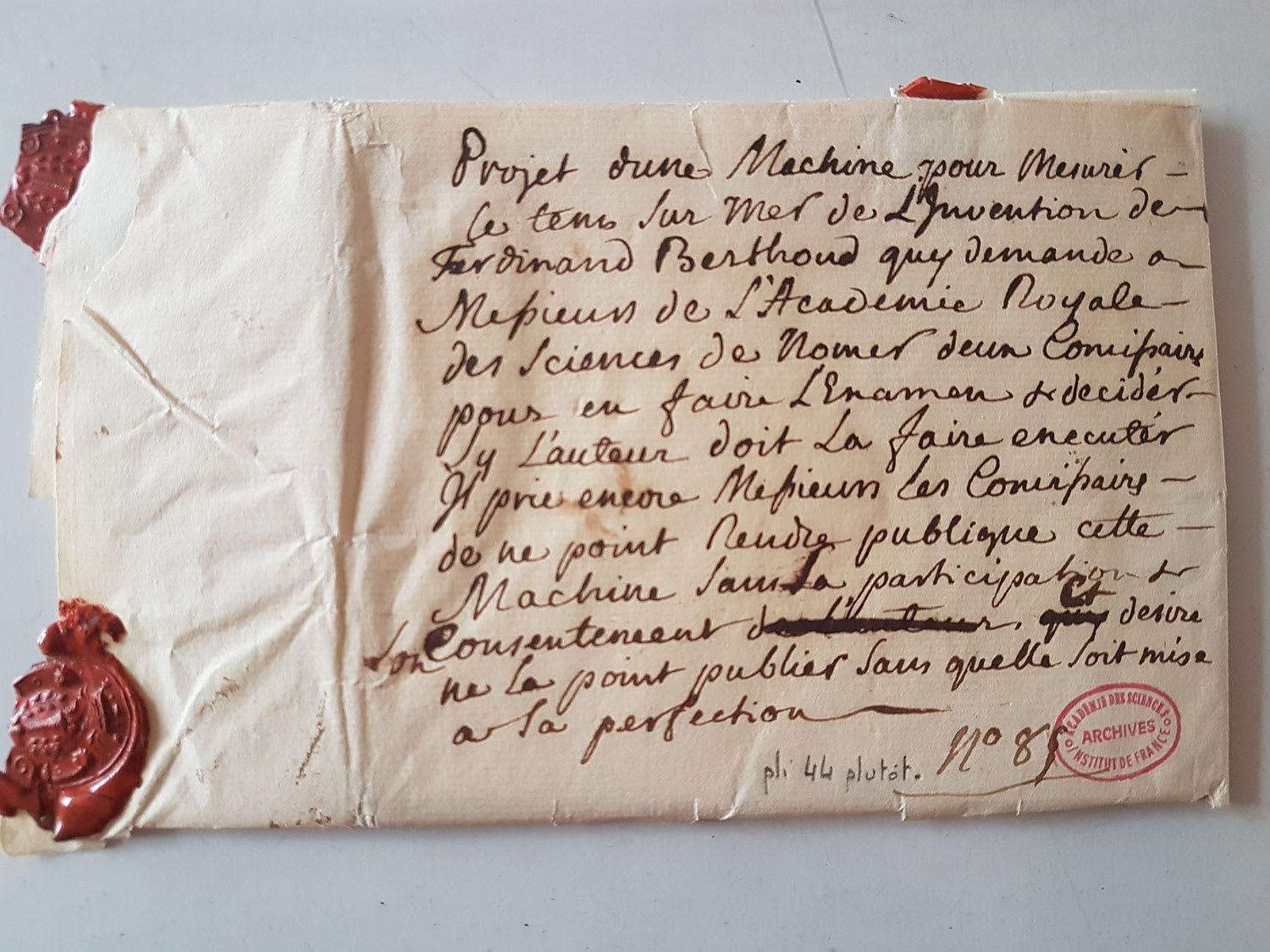

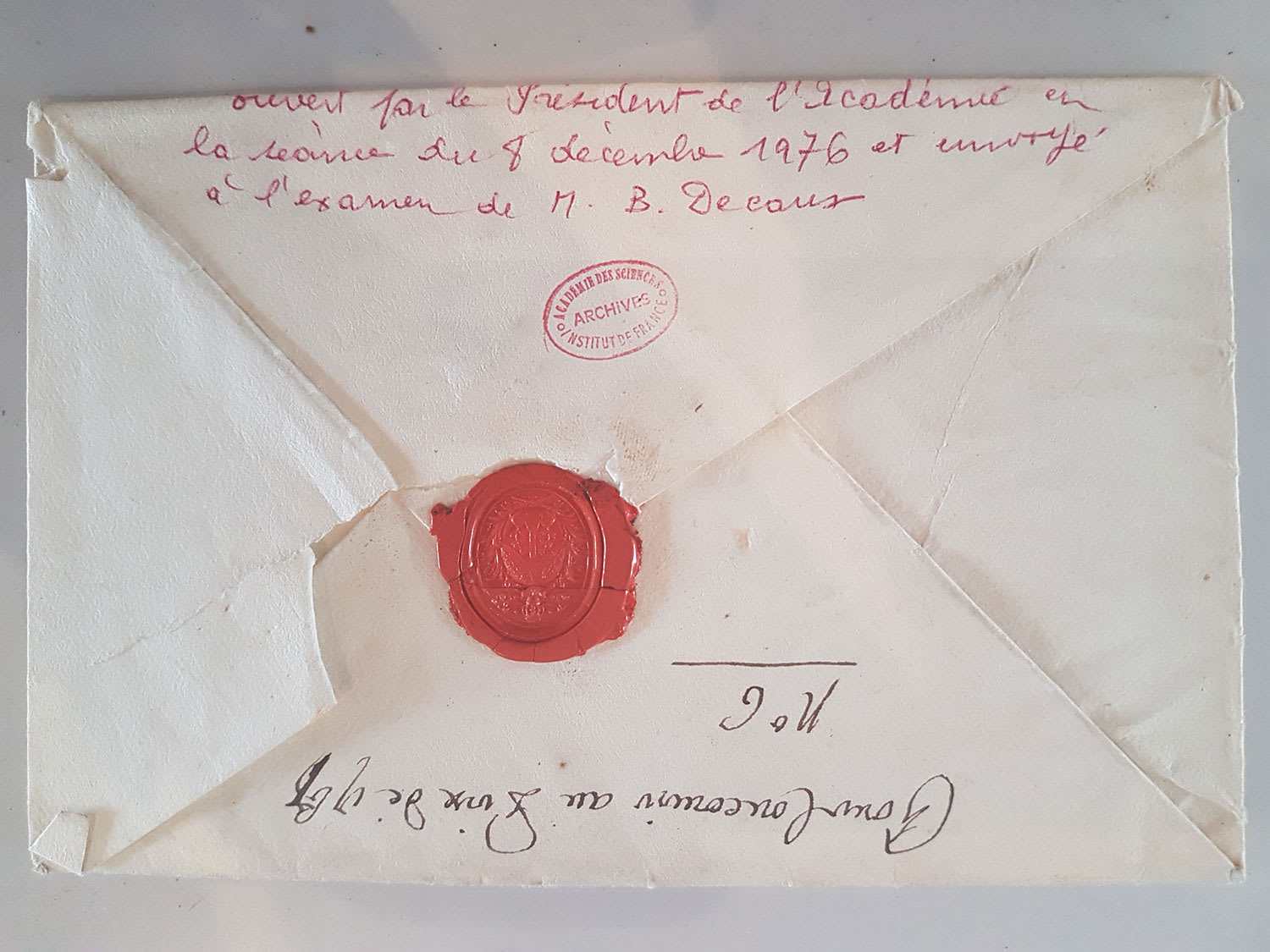

The system of submitting documents to the Académie des Sciences under sealed cover ensured artisans and scientists the anteriority of a discovery or invention. It did not however grant them commercial or financial rights as a patent would have done. Ferdinand Berthoud used this system on many occasions.
The procedure of plis cachetés (sealed envelopes) was introduced at the Académie des Sciences in 1735. It made it possible to submit to the Secrétaire perpétuel de la compagnie des réflexions a description of a procedure or a machine, or an account of an experiment, in the form of a document signed and sealed by its author. The latter subsequently had the right to withdraw it or to demand that it be opened. Sealed envelopes were listed and numbered in a special register.
Ferdinand Berthoud often used this administrative formality to protect his discoveries, notably in the field of marine chronometers. Other watchmakers of his time also adopted this method. Nonetheless, Berthoud saw no need to systematically request that all his documents be read, instead preferring to leave them more or less unknown. These were mainly memoirs whose content was rendered obsolete by the subsequent research of the watchmaker himself, who had meanwhile developed more efficient machines.
Two manuscripts in particular thus remained under seal until the 20th century: one was the sealed envelope containing his first marine clock project, presented to the Academy in 1754; and the other was a package submitted in 1764 containing the description of three other clocks. As seen previously, the 1754 document testifies to Berthoud’s first studies of marine chronometry. The submission of the second package was more a matter of circumstances. Two months after the members of the academy had rendered their report on Berthoud’s Marine Chronometer No 1, he invited them to come and visit him to analyse three new clocks that he had just made. The scholars having refused to examine these timepieces in his own workshop, Ferdinand Berthoud sent a description of the clocks (rather than the actual objects) to the Louvre, which was home to the Academy.
The content of these two manuscripts was not discovered until November and December 1976. That same year, the Académie des sciences appointed a commission to unseal the large number of packages whose authors had never asked to have opened. The same committee, which still exists to this day and meets twice a year, also suggested the names of the rapporteurs called upon to evaluate the potential scientific value of the documents.
The opening of the sealed envelope submitted in 1754 (No 85 in the Academy Register) revealed an original attempt to solve the problem of the impact on the balance wheel of a ship’s pitching and rolling, by means of a regulator whose movement would be controlled by lead balls. The envelope contained a three-page text and two drawings.
The sealed envelope dating from 1764 (No 105) presented a project for a marine watch, stemming from technical improvements made by Berthoud to the marine clock and watch he had previously created. Without stinting on the use of superlatives to prove his genius, he provides details of a watch with a twin-balance escapement. The project was originally accompanied by another sealed envelope containing the drawings of the mechanisms, which have unfortunately been lost.
Illustrations caption
- Ferdinand Berthoud, sealed envelope No 85, 1754, Académie des sciences archives, Paris
- Ferdinand Berthoud, sealed envelope No 85, fountain pen drawing, 1754, Académie des sciences archives, Paris
- Ferdinand Berthoud, sealed envelope No 105, 1764, Académie des sciences archives, Paris
- Ferdinand Berthoud, sealed envelope No 105, 1764, Académie des sciences archives, Paris
